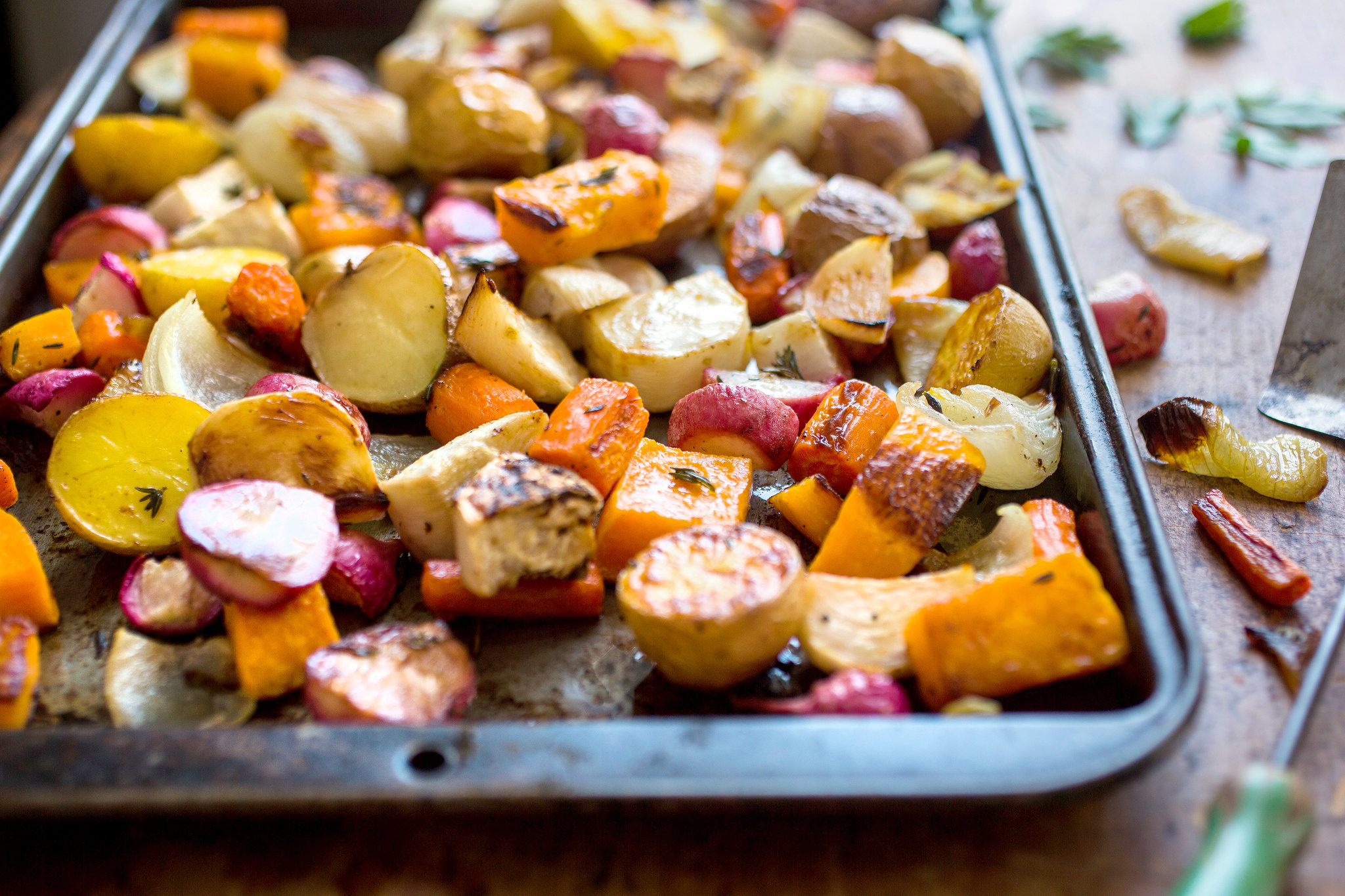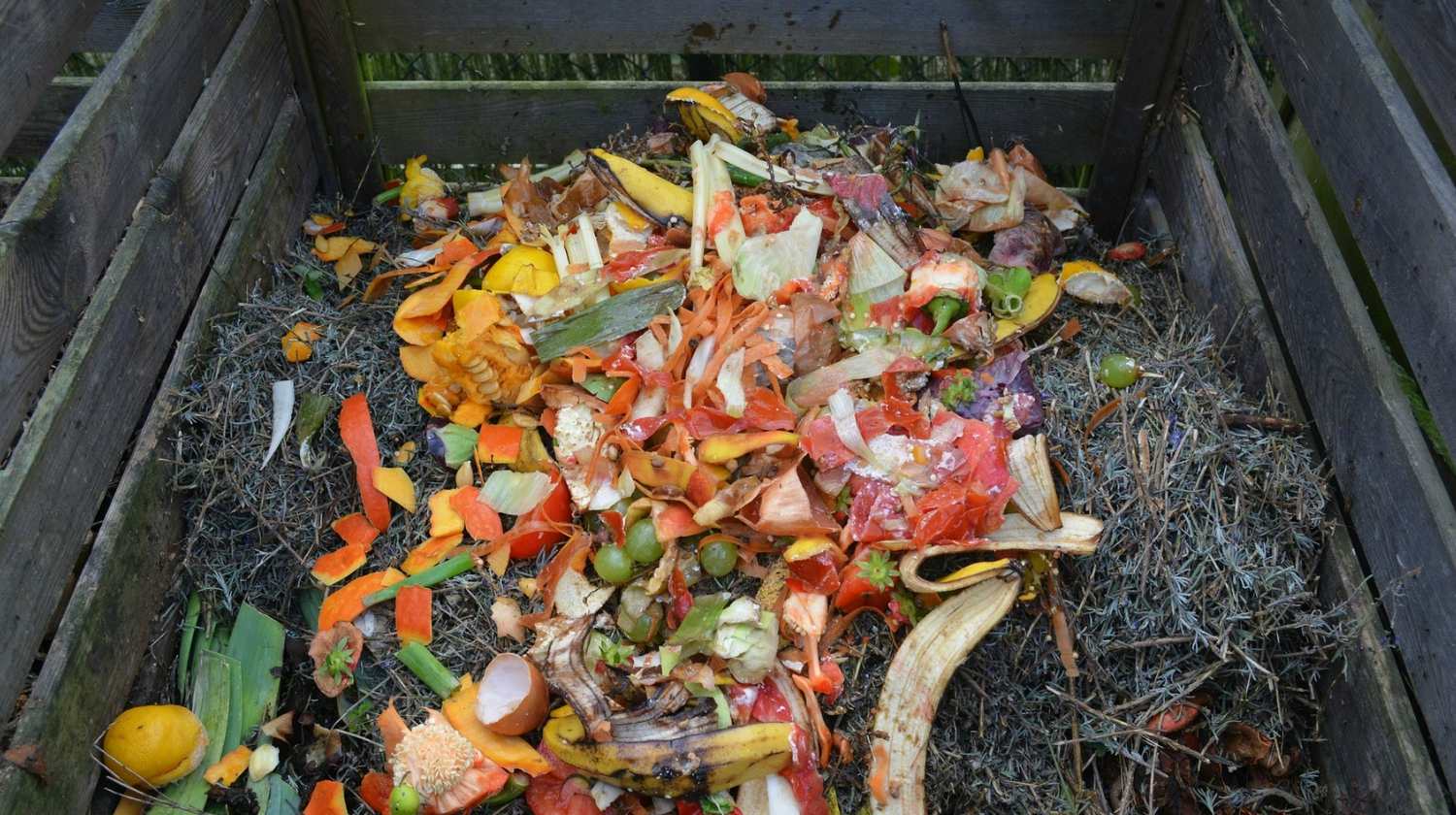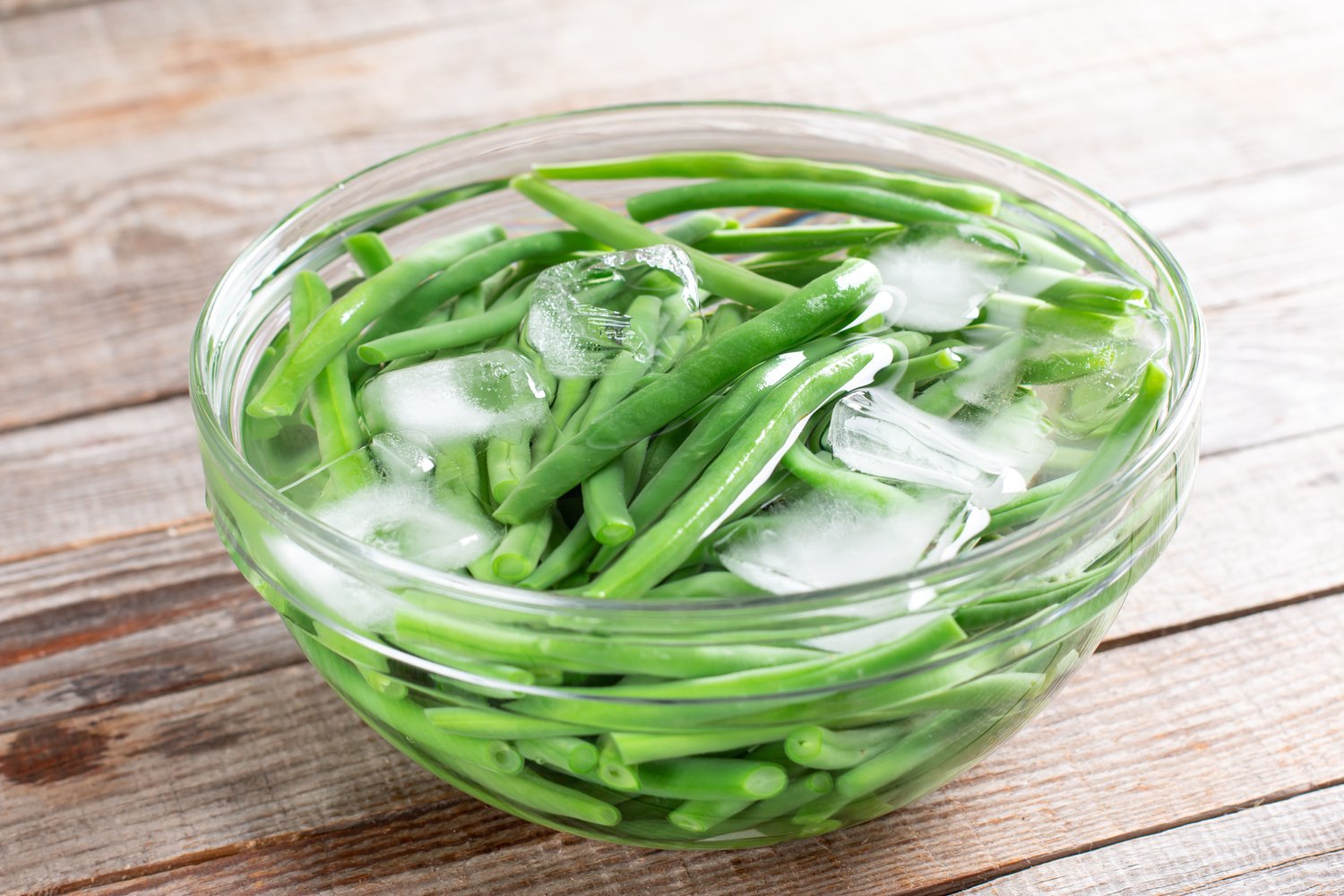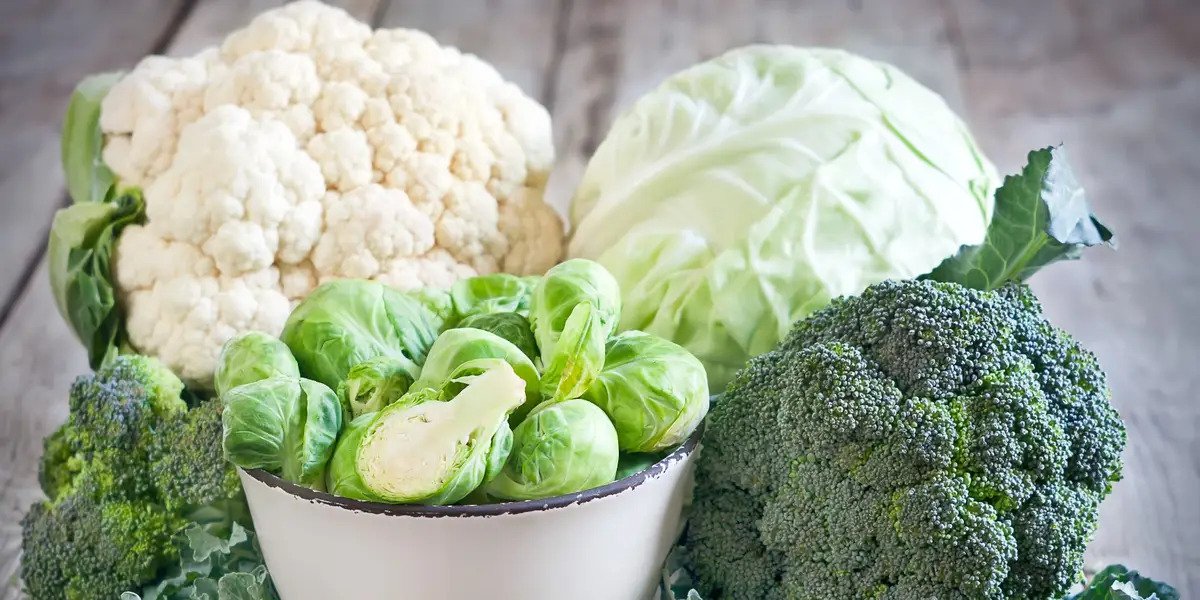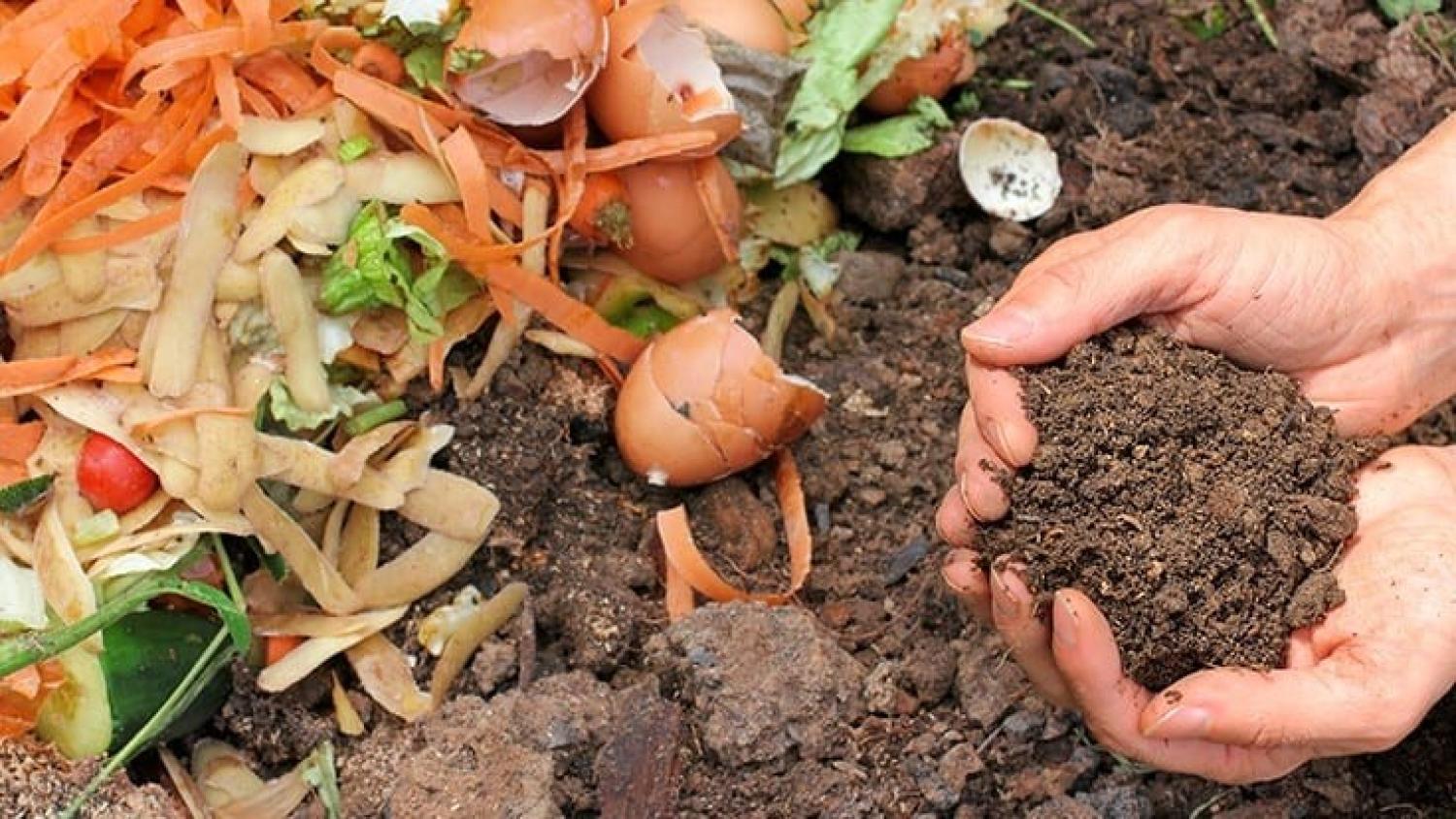Home>Gardening News and Trends>Latest News>What Vegetables Do You Put In Stir Fry
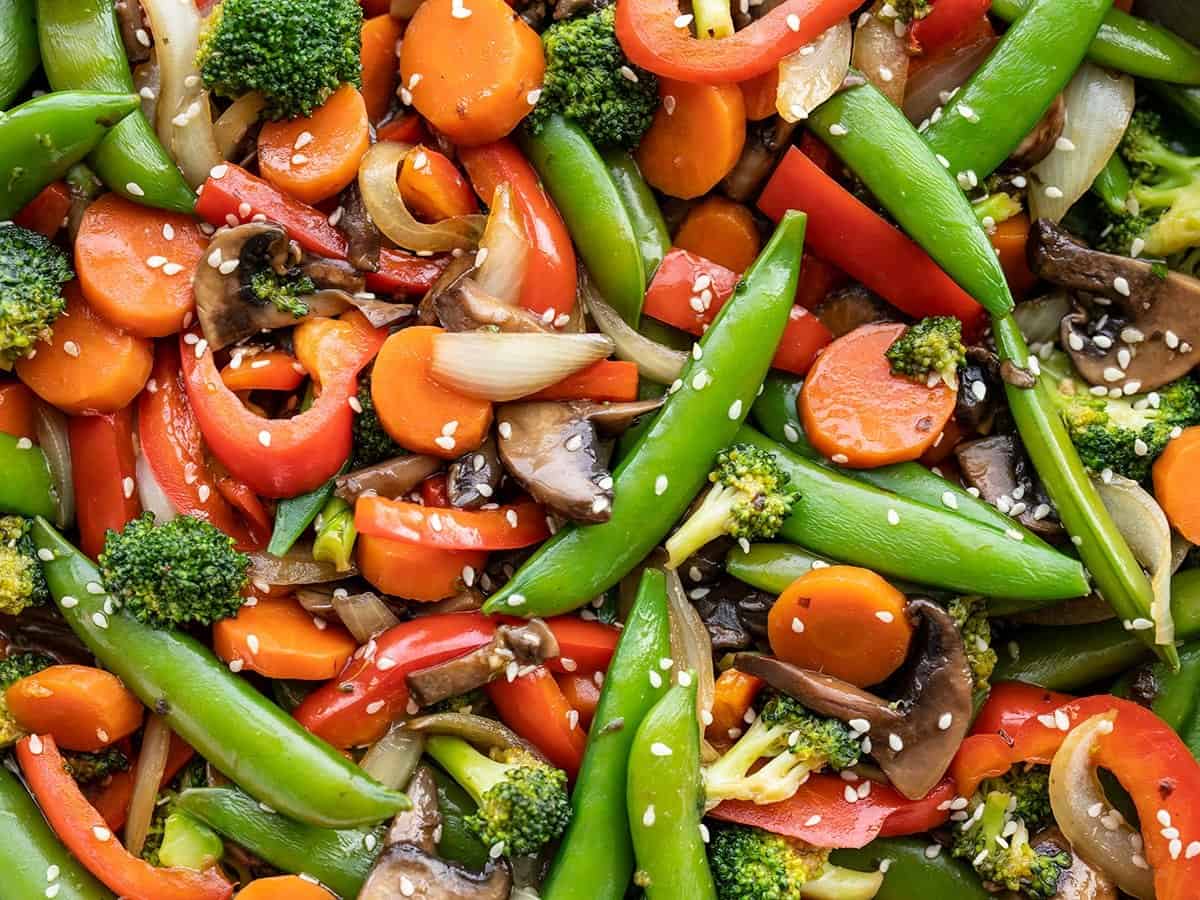

Latest News
What Vegetables Do You Put In Stir Fry
Modified: January 22, 2024
Looking for the latest news on what vegetables to put in stir fry? Discover a variety of nutritious and flavorful options to enhance your favorite stir fry recipes.
(Many of the links in this article redirect to a specific reviewed product. Your purchase of these products through affiliate links helps to generate commission for Chicagolandgardening.com, at no extra cost. Learn more)
Table of Contents
Introduction
Stir fry is a popular cooking technique that involves quickly frying ingredients in a heated pan or wok. It’s a versatile and delicious way to prepare vegetables, offering a healthy and flavorful meal option. But when it comes to stir fry, what vegetables should you use?
In this article, we will explore the common vegetables used in stir fry recipes, providing you with a comprehensive guide to help elevate your stir fry game. Whether you’re a seasoned stir fry enthusiast or just starting out, this information will help you create a delicious and nutritious dish.
Stir fry dishes are known for their vibrant colors, crunchy textures, and the ability to showcase the natural flavors of vegetables. The variety of vegetables you choose will depend on personal preference, regional availability, and the flavor profile you want to achieve. From leafy greens to root vegetables and everything in between, there is a vast array of options to experiment with.
By understanding the different types of vegetables commonly used in stir fry, you can create a well-balanced and visually appealing dish. Additionally, we will provide some tips on how to prep the vegetables to ensure they cook evenly and retain their nutritional value.
So, without further ado, let’s dive into the world of stir fry vegetables and discover the fantastic array of options available to you.
Common Vegetables for Stir Fry
When it comes to stir frying, there are several common vegetables that are perfect for this cooking method. These vegetables not only add color and texture to your dish but also provide essential nutrients. Let’s take a closer look at these vegetables:
- Broccoli: Broccoli florets are a staple in stir fry recipes. They are packed with vitamins, minerals, and fiber, and their crunchy texture adds a delightful contrast to other ingredients.
- Carrots: Carrots are not only vibrant and visually appealing but also lend a natural sweetness to stir fry dishes. They are rich in beta-carotene, which is converted to vitamin A in the body, promoting good vision and a strong immune system.
- Snap Peas: Snap peas are often used in stir fry due to their crisp texture and mild flavor. They are a good source of dietary fiber, vitamin C, and vitamin K.
- Bell Peppers: Bell peppers, available in various colors including red, yellow, and green, are a colorful addition to stir fry dishes. They are packed with antioxidants, especially vitamin C, and add a delightful crunch.
- Mushrooms: From shiitake to oyster mushrooms, there is a wide variety to choose from. Mushrooms add an earthy flavor and meaty texture to stir fry dishes, making them a favorite option among vegetarians and meat lovers alike.
- Snow Peas: Snow peas are delicate and slightly sweet, making them a great addition to stir fry. They are a good source of vitamin C and vitamin A.
These are just a few examples of the common vegetables used in stir fry recipes. However, feel free to experiment with other vegetables that catch your eye or suit your taste preferences.
Now that you have a basic understanding of some popular stir fry vegetables, let’s explore different types of vegetables that can add variety to your stir fry dishes.
Leafy Greens
Leafy greens are a fantastic addition to stir fry dishes, bringing not only vibrant colors but also a plethora of nutrients to the table. Here are some leafy greens commonly used in stir fry:
- Spinach: Spinach is a versatile leafy green that wilts quickly when cooked, making it perfect for stir fry. It is rich in iron, calcium, and vitamins A and C.
- Kale: With its sturdy leaves and slightly bitter flavor, kale adds a hearty and nutritious element to stir fry. It is packed with fiber, vitamins A, C, and K, and antioxidants.
- Bok Choy: Bok choy, also known as Chinese cabbage, has crisp stalks and tender green leaves. It provides a mild and slightly sweet taste to stir fry dishes, along with essential vitamins and minerals.
- Swiss Chard: Swiss chard boasts vibrant colors, including red, yellow, and green stems. It has a slightly bitter taste, similar to beet greens, and is a great source of iron and vitamins A and K.
Incorporating leafy greens into your stir fry not only adds a delightful burst of color but also offers numerous health benefits, including boosting your immune system, improving digestion, and supporting healthy bone density.
When stir frying leafy greens, it’s important to note that they will cook down significantly, so be generous with the amount you use. Add them towards the end of the cooking process to retain their vibrant color and crisp texture.
Now that you have a better understanding of leafy greens commonly used in stir fry, let’s move on to exploring the world of cruciferous vegetables.
Cruciferous Vegetables
Cruciferous vegetables are a group of vegetables that belong to the Brassicaceae family. They are known for their distinct taste, crunchy texture, and high nutritional value. Here are some common cruciferous vegetables used in stir fry:
- Cauliflower: Cauliflower florets are a versatile addition to stir fry dishes. They have a mild, slightly nutty flavor and can mimic the texture of rice or even meat when cooked properly. Cauliflower is high in fiber, vitamin C, and vitamin K.
- Broccoli: We mentioned broccoli earlier, but it falls under the cruciferous vegetable category as well. Broccoli is packed with nutrients like fiber, vitamin C, and vitamin K, making it a healthy choice for stir fry.
- Cabbage: Cabbage is a staple in many Asian stir fry recipes. Whether you choose green cabbage, Napa cabbage, or savoy cabbage, they all provide a satisfying crunch and mild flavor. Cabbage is a good source of vitamin C and vitamin K.
- Kohlrabi: Kohlrabi is a unique vegetable with a taste resembling a cross between cabbage and broccoli. It has a crisp and slightly sweet flavor, making it an interesting addition to stir fry dishes. Kohlrabi is rich in fiber, vitamin C, and potassium.
Cruciferous vegetables not only add depth of flavor to stir fry but also offer an array of health benefits. They are known for their cancer-fighting properties, as they contain compounds such as sulforaphane and indole-3-carbinol. Additionally, they are low in calories and high in antioxidants.
When stir frying cruciferous vegetables, it’s crucial to not overcook them to maintain their crispness. Stir frying on high heat for a short amount of time will help preserve their nutritional value and vibrant colors. Adding a flavorful sauce or seasoning can elevate the taste of these vegetables in your stir fry.
Now that we’ve explored the world of cruciferous vegetables, let’s move on to the next category: root vegetables.
Root Vegetables
Root vegetables are a hearty and nutritious addition to stir fry dishes. These underground wonders not only provide a satisfying texture but also offer a variety of flavors. Let’s take a look at some common root vegetables used in stir fry:
- Carrots: We mentioned carrots earlier, but they belong to the root vegetable category as well. Carrots are sweet, crunchy, and packed with beta-carotene, which converts to vitamin A in the body. They add vibrant color and a touch of natural sweetness to stir fry.
- Radishes: Radishes come in various shapes, sizes, and colors, from traditional red radishes to daikon radishes. They have a peppery and crisp flavor that adds a delightful kick to stir fry dishes.
- Turnips: Turnips are root vegetables with a slightly sweet and earthy taste. They can be enjoyed raw or cooked, providing a unique flavor and texture to stir fry recipes.
- Sweet Potatoes: While sweet potatoes are often associated with baking and roasting, they can also be a delicious addition to stir fry. They add a natural sweetness, along with vitamins, minerals, and fiber.
Root vegetables bring depth and heartiness to stir fry dishes, making them an excellent option for a more filling meal. They are not only rich in essential nutrients but also provide a good source of dietary fiber.
When stir frying root vegetables, it’s important to consider their density and cook them evenly. Cutting them into small, uniform pieces will help ensure that they cook properly. Additionally, if you have tougher root vegetables like turnips or sweet potatoes, consider blanching or pre-cooking them slightly to reduce their cooking time in the stir fry.
Now that we’ve explored root vegetables, let’s move on to another category of vegetables commonly used in stir fry: allium vegetables.
Allium Vegetables
Allium vegetables, which include onions, garlic, and shallots, are essential ingredients in stir fry dishes. These aromatic and flavorful vegetables provide a distinct taste that enhances the overall dish. Let’s explore some commonly used allium vegetables in stir fry:
- Onions: Whether it’s yellow onions, red onions, or sweet onions, they all add a savory depth of flavor to stir fry. Onions can be sliced, diced, or even caramelized to bring out their natural sweetness.
- Garlic: Garlic is a staple in countless cuisines and brings a pungent and robust flavor to stir fry. The aromatic scent of sautéed garlic creates a tantalizing aroma in the kitchen.
- Shallots: Shallots are milder and sweeter than onions but still impart a distinctive taste to stir fry dishes. They are often used in Asian cooking and provide a delicate flavor to the overall dish.
Allium vegetables not only add flavor and aroma but also offer potential health benefits. They contain sulfur compounds that are believed to have antimicrobial, anticancer, and heart-healthy properties. Additionally, they are packed with vitamins and minerals.
When stir frying allium vegetables, it’s important to give them a quick sauté to release their flavor before adding in other ingredients. This will ensure that the flavors are well distributed throughout the dish.
Now that we’ve explored allium vegetables, let’s move on to another category: bell peppers.
Bell Peppers
Bell peppers, with their vibrant colors and crisp texture, are a popular vegetable in stir fry dishes. They add a delightful crunch and burst of sweetness to the overall flavor profile. Let’s take a closer look at the different types and benefits of bell peppers in stir fry:
- Red Bell Peppers: Red bell peppers are the sweetest of the bunch, with a slightly fruity taste. They are rich in antioxidants, especially vitamin C, which can boost your immune system and promote healthy skin.
- Yellow Bell Peppers: Yellow bell peppers have a milder flavor and are slightly sweeter than green bell peppers. They are packed with vitamin C, vitamin A, and dietary fiber, making them a nutritious addition to your stir fry.
- Green Bell Peppers: Green bell peppers have a slightly bitter taste and are less sweet compared to their colorful counterparts. However, they are still a great source of vitamins and provide a satisfying crunch to your stir fry.
Bell peppers not only offer a pleasant flavor but also provide essential nutrients. They are low in calories and high in vitamins A and C, as well as fiber. The combination of vibrant colors and nutritional benefits makes bell peppers a visually appealing and healthful addition to any stir fry recipe.
When stir frying bell peppers, it’s important to cut them into thin, even slices to ensure they cook quickly and evenly. This will help maintain their crispiness and vibrant color. Including bell peppers in your stir fry not only adds texture and flavor but also introduces a wonderful array of visual appeal.
Now that we’ve explored bell peppers, let’s move on to other vegetables that you can consider incorporating into your stir fry.
Other Vegetables to Consider
While we’ve covered some of the most common vegetables used in stir fry, there are plenty of other vegetables that you can consider to add variety and excitement to your dish. Here are a few vegetables worth exploring:
- Bean Sprouts: Bean sprouts bring a refreshing and crunchy element to stir fry dishes. They are commonly used in Asian cuisine and are a good source of fiber and essential vitamins.
- Sugar Snap Peas: These peas have a crisp texture and a naturally sweet taste. They can be enjoyed raw or cooked, and when stir fried, they provide a delightful burst of flavor.
- Zucchini: Zucchini is a versatile vegetable that can be sliced or spiralized for stir fry. It has a mild flavor and adds a tender texture to the dish.
- Eggplant: Eggplant is a vegetable with a meaty texture and a rich flavor. It absorbs flavors well and can add depth to your stir fry.
- Corn: Sweet and juicy corn kernels can bring a burst of flavor to stir fry dishes. They add a touch of sweetness and provide a pleasant contrast to other ingredients.
- Cauliflower Rice: Cauliflower rice is a great low-carb alternative to traditional rice. It’s made by pulsing cauliflower florets in a food processor and can be stir fried as a base or added as a vegetable component.
By experimenting with these vegetables, you can create unique and exciting stir fry combinations that cater to your taste preferences and dietary needs. Don’t be afraid to mix and match to discover new flavors and textures that you love.
Remember, the key to a successful stir fry is to stir fry your vegetables quickly over high heat, allowing them to retain their crispness and nutritional value. Be mindful not to overcook the vegetables, as this can result in a mushy texture and loss of nutrients.
Now that you have an extensive list of vegetables to consider, let’s move on to some tips for preparing your vegetables for stir fry.
Tips for Preparing Vegetables for Stir Fry
Properly preparing your vegetables is essential for a successful stir fry. Here are some tips to help you get the most out of your vegetables:
- Wash and dry your vegetables: Before starting, make sure to wash your vegetables thoroughly to remove any dirt or residue. Pat them dry to minimize moisture, as excess moisture can make the stir fry watery.
- Pre-cut your vegetables: Precut your vegetables into uniform sizes and shapes to ensure even cooking. This will help the vegetables cook at the same rate, resulting in a well-balanced stir fry.
- Blanch dense vegetables: If you’re using dense vegetables like broccoli or cauliflower, consider blanching them briefly in boiling water before stir frying. Blanching helps soften the vegetables slightly and reduces their cooking time in the stir fry.
- Marinate for flavor: If you want to infuse your vegetables with more flavor, consider marinating them before stir frying. A simple marinade of soy sauce, garlic, and ginger can go a long way in enhancing the taste.
- Use high heat: Stir fry is all about quick cooking over high heat. Make sure your pan or wok is heated thoroughly before adding the vegetables. This ensures that the vegetables cook quickly, maintaining their crispness and vibrant colors.
- Stir fry in batches: To prevent overcrowding and ensure proper cooking, it’s best to stir fry your vegetables in small batches. Overcrowding can lead to steaming instead of stir frying, resulting in a soggy dish.
- Add sauces and seasonings: Towards the end of the stir frying process, add your desired sauces, such as soy sauce, oyster sauce, or chili sauce, to enhance the flavors. Don’t forget to season with salt, pepper, or other spices to taste.
By following these tips, you’ll be able to prepare your vegetables effectively, retaining their flavors, textures, and nutritional value in your stir fry dish.
Now that you’re armed with these helpful tips, you can confidently create delicious and vibrant stir fry dishes using a variety of vegetables.
Conclusion
Stir frying vegetables offers a delicious and nutritious way to incorporate more plant-based dishes into your meals. By exploring the vast array of vegetables available, you can create stir fry dishes that are visually appealing, flavorful, and packed with essential nutrients.
We have covered the common vegetables used in stir fry, including leafy greens like spinach and kale, cruciferous vegetables like broccoli and cabbage, root vegetables like carrots and radishes, allium vegetables like onions and garlic, and bell peppers in various vibrant colors. Additionally, we discussed other vegetables to consider, such as bean sprouts, sugar snap peas, and zucchini.
To ensure a successful stir fry, it’s important to properly prepare the vegetables by washing, cutting them into uniform sizes, and blanching denser vegetables if necessary. Stir frying over high heat and in small batches allows the vegetables to retain their crispness and vibrant colors. Adding sauces and seasonings towards the end adds depth and flavor to your dish.
With these tips and a bit of creativity, you can create a plethora of stir fry combinations that cater to your taste preferences and dietary needs. Don’t be afraid to experiment and try new vegetables to elevate your stir fry game.
So, the next time you’re in the kitchen, remember to gather a variety of colorful vegetables, sharpen your knife skills, and get ready to stir fry your way to a healthy and delicious meal. Happy cooking!
